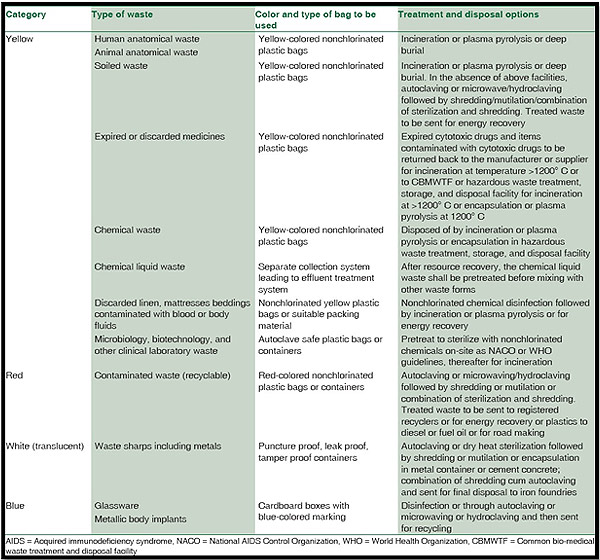The 25-Second Trick For Reclaim Waste
The 25-Second Trick For Reclaim Waste
Blog Article
The Facts About Reclaim Waste Uncovered
Table of ContentsThe Greatest Guide To Reclaim WasteRumored Buzz on Reclaim WasteThings about Reclaim WasteReclaim Waste Can Be Fun For EveryoneGetting My Reclaim Waste To Work
Domestic sewer waste refers to the waste and products from a household septic storage tank. The proper administration and disposal of residential sewer waste need fluid waste to be transferred to a sewer therapy plant where the appropriate methods and devices are applied to cleanse and dispose of waste.
Industrial waste frequently includes possible risks, such as combustible materials or a combination of liquid and solid waste items, and calls for a more advanced and comprehensive disposal procedure. The disposal of commercial waste typically includes the filtering of waste prior to transport to ensure risk-free and appropriate disposal. Industrial waste is produced from by-products and drainage of commercial processes and production.
This type of waste can not make use of the very same sewage administration transport or procedures as septic or business liquids. The commercial waste monitoring procedure requires the assessment and screening of fluid waste prior to it undertakes the disposal process (liquid waste disposal). Drainage waste is the liquid waste that originates from drainage and excess stormwater in very populated areas or cities
Runoff waste can cause contamination and flooding if not managed appropriately. Find out more concerning sewage system cleansing and waste monitoring. Ensuring correct waste monitoring can avoid catastrophes and reduce environmental injury. Both people in domestic settings and professionals in industrial or manufacturing markets can take advantage of recognizing the procedures and guidelines of liquid waste management.
Reclaim Waste Can Be Fun For Everyone
Get in touch with PROS Providers today to discover our waste administration and disposal services and the correct ways to take care of the liquid waste you create.
(https://soundcloud.com/reclaimwaste1)Do you understand what happens to your water when you disengage, flush the bathroom or drain pipes the cleaning machine? No? Well, it deserves understanding. This so-called 'wastewater' is not only an essential source but, after treatment, will certainly be released to our land, rivers or the ocean. Utilized water from toilets, showers, bathrooms, kitchen area sinks, washings and commercial procedures is known as wastewater.

water utilized to cool equipment or tidy plant and devices). Stormwater, a kind of wastewater, is drainage that flows from farming and urban locations such as roofing systems, parks, yards, roadways, courses and rain gutters right into stormwater drains pipes, after rain. Stormwater moves neglected straight to regional creeks or rivers, ultimately getting to the ocean.
What Does Reclaim Waste Do?
In Queensland, a lot of wastewater is treated at sewer therapy plants. Wastewater is carried from domestic or industrial sites via a system of drains and pump terminals, known as sewerage reticulation, to a sewer therapy plant. Regional governments build, keep and run most sewer treatment plants. Operators are licensed under the Environmental Management Act 1994 to discharge treated wastewater at an appropriate ecological standard into waterways.
The Department of Natural Resources suggests city governments about handling, operating and preserving sewerage systems and treatment plants. In unsewered areas, local governments might require owners to mount individual or family sewer treatment systems to deal with residential wastewater from commodes, kitchens, restrooms and washings. The Division of Natural Resources authorises the usage of family systems when they are confirmed to be reliable.
The majority of stormwater obtains no treatment. In some new class, therapy of some stormwater to remove clutter, sand and gravel has started making use of gross contaminant catches. Wastewater treatment occurs in 4 stages: Gets rid of strong matter. Larger solids, such as plastics and various other items wrongly discharged to drains, are removed when wastewater is passed through displays.
Wastewater after that moves into huge storage tanks where solids settle and are gotten rid of as sludge. Grease and residue are skimmed from the surface area. Makes use of small living organisms called micro-organisms to break down and get rid of continuing to be dissolved wastes and fine particles. Micro-organisms and wastes are integrated in the sludge. Eliminates nitrogen and phosphorus nutrients that could cause algal flowers in our waterways and threaten water life.
Reclaim Waste - An Overview
Nutrient elimination is not readily available at all sewer treatment plants since it calls for expensive specialised equipment. Clear fluid effluent created after treatment may still contain disease-causing micro-organisms - basics liquid waste removal melbourne.

A lot of wastewater streams into the sewage system. Under the Act, local federal governments provide approvals and permits for environmentally appropriate activities (Periods) involving wastewater launches that could have a local influence.
Getting The Reclaim Waste To Work
Or else, examples are taken for laboratory analysis. Frequently numerous tests are required to develop the degrees of each of the various contaminants such as oils, hefty steels and pesticides in water. Surveillance supplies accurate information about water high quality and can validate that licence problems are being fulfilled. The details obtained with surveillance gives the basis for making water quality choices.
Report this page